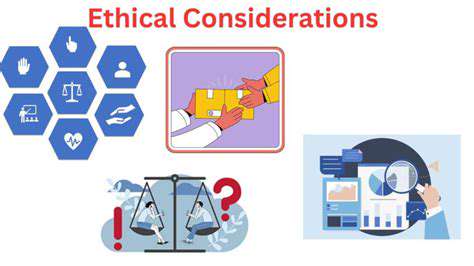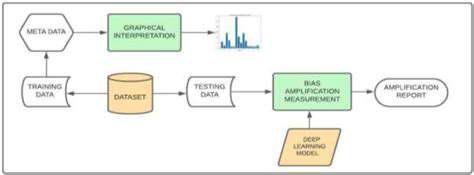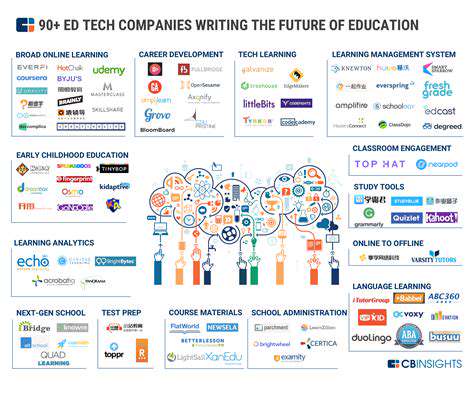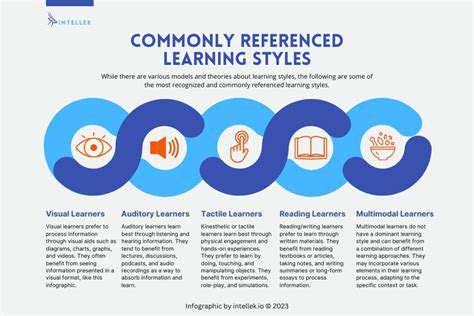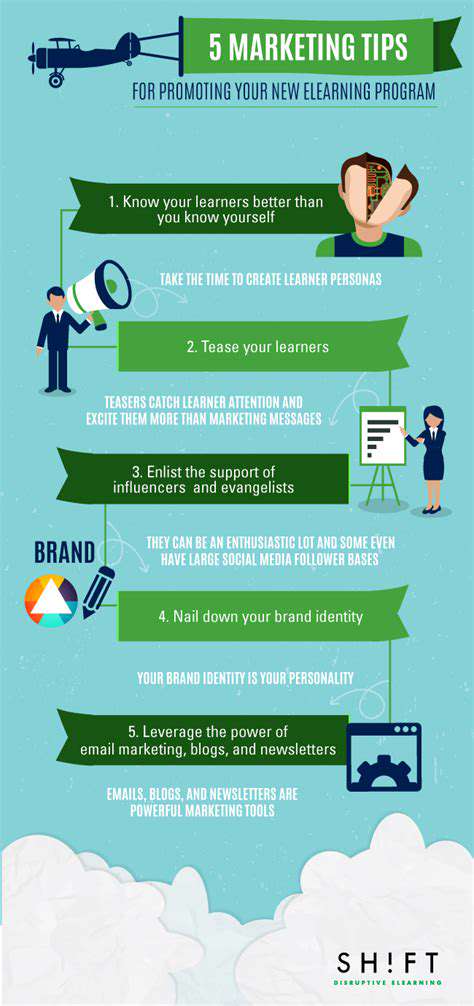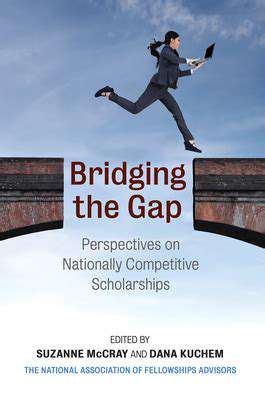AI for Personalized Learning Analytics: Deeper Insights into Student Needs
The Dawn of Data Collection
Learning analytics, in its nascent stages, primarily focused on collecting and storing vast amounts of data. This data encompassed student performance metrics, such as grades, test scores, and completion rates. Early systems were largely descriptive, providing a snapshot of student activity within a learning management system (LMS). While this initial phase was crucial for establishing a foundation of data, it lacked the ability to interpret the data beyond simple summaries, leaving a significant gap between raw information and actionable insights.
Moving Beyond Descriptive Statistics
The next evolution saw a shift towards more sophisticated data analysis techniques. Researchers began exploring descriptive statistics, such as identifying trends in student performance over time. This allowed educators to pinpoint areas where students were struggling or excelling, enabling targeted interventions and support. Furthermore, correlations between different variables, like attendance and grades, began to be explored, offering a more nuanced understanding of student behavior and its impact on learning outcomes.
Predictive Analytics: Forecasting Future Performance
Predictive analytics emerged as a significant advancement in learning analytics. By leveraging historical data and machine learning algorithms, educators could forecast future student performance. This capability proved invaluable in identifying at-risk students early on, enabling proactive interventions and support strategies. Predictive models could also anticipate potential drop-out rates, allowing institutions to proactively engage with students at risk of disengaging from their studies.
Prescriptive Analytics: Tailoring Interventions
Prescriptive analytics takes learning analytics a step further by not only predicting potential issues but also recommending specific actions to address them. This approach utilizes data to identify the most effective interventions for individual students, tailoring support strategies to their unique needs. For example, if a student consistently struggles with a particular topic, the system could recommend specific resources, tutoring sessions, or alternative learning materials. This personalized approach to learning support is crucial for maximizing student success.
Personalization and Adaptive Learning: A Future-Focused Approach
The ultimate goal of learning analytics is to personalize the learning experience for each student. By combining predictive and prescriptive analytics with adaptive learning technologies, institutions can create dynamic learning environments that adjust to individual student needs in real-time. This personalized approach fosters a deeper understanding of individual learning styles and preferences, leading to more effective and engaging learning experiences. The integration of AI in this domain promises to further refine and optimize the personalized learning journey, potentially revolutionizing how students learn and succeed.
Personalized Learning Pathways: Tailoring Education to Individual Needs

Personalized Learning Pathways: Tailoring Education for Success
Personalized learning pathways are increasingly recognized as a crucial element in modern education. These pathways move away from the one-size-fits-all approach, focusing instead on the unique needs, strengths, and learning styles of each student. This dynamic approach fosters greater engagement and allows students to progress at their own pace, ultimately leading to improved academic outcomes and a more fulfilling educational experience.
The core principle behind personalized learning is to create a learning journey that is specifically designed to meet the individual goals and aspirations of each student. This involves careful consideration of diverse factors, including prior knowledge, learning preferences, and future career aspirations.
Identifying Individual Learning Needs
A key component of personalized learning is accurately identifying the individual learning needs of each student. This necessitates a multifaceted approach that goes beyond traditional assessments. Teachers need to employ a variety of methods, including observations, one-on-one discussions, and performance-based tasks, to gain a comprehensive understanding of each student's strengths, weaknesses, and learning style.
Through these methods, teachers can pinpoint specific areas where students may require additional support or enrichment. This individualized approach allows educators to create targeted interventions and tailor learning activities to address those specific needs.
Creating Tailored Learning Experiences
Once individual learning needs are identified, educators can develop tailored learning experiences. This involves creating a flexible curriculum that allows students to explore topics that genuinely interest them and engage with materials in a way that resonates with their unique learning styles. It also allows for a variety of learning modalities, from hands-on activities to independent research, to ensure that students can learn in a way that best suits them.
Learning experiences should be carefully structured to provide opportunities for both individual and collaborative learning. This balance fosters critical thinking, problem-solving skills, and a deeper understanding of the subject matter.
Leveraging Technology for Enhanced Learning
Technology plays a vital role in facilitating personalized learning pathways. Digital tools and platforms can provide customized learning materials, adaptive assessments, and real-time feedback, all of which contribute to creating a more engaging and effective learning environment. These tools can also track student progress and identify areas where additional support or enrichment is needed.
Interactive learning platforms can also facilitate personalized learning by allowing students to explore concepts at their own pace and revisit material as needed. This flexibility is invaluable in ensuring that students receive the support they need to succeed.
Promoting Student Agency and Ownership
Personalized learning pathways empower students by giving them a greater sense of agency and ownership over their learning journey. When students are actively involved in shaping their own learning experiences, they are more likely to be motivated and engaged. This sense of ownership fosters a deeper understanding and a stronger connection to the subject matter.
Creating opportunities for student choice and input can significantly enhance their motivation and engagement. By allowing students to select learning activities, projects, and even assessment methods, they develop a sense of responsibility and ownership, which ultimately leads to better academic outcomes.
Measuring and Evaluating Progress
Effectively evaluating progress is crucial for ensuring the success of personalized learning pathways. Traditional methods of assessment may not accurately reflect the diverse learning styles and progress of students. Consequently, alternative assessment methods, such as portfolios, presentations, and project-based learning, provide a more comprehensive view of student understanding and growth. These methods allow teachers to assess not only the knowledge acquired but also the skills developed and the processes used to acquire that knowledge.
Regular feedback and adjustments to the learning pathway are essential. Teachers should regularly assess student progress and provide specific, actionable feedback. This feedback loop allows for continuous improvement and ensures that the learning pathway remains tailored to the individual student's needs.

Enhancing Educator Effectiveness: Empowering Teachers with Data-Driven Insights
Leveraging AI for Personalized Learning
Artificial intelligence (AI) offers a powerful tool for educators to tailor instruction to the specific needs of each student. By analyzing student performance data, AI algorithms can identify learning gaps, predict future challenges, and recommend personalized learning pathways. This allows teachers to focus on providing targeted support and interventions, fostering a more effective and engaging learning experience for all students. The potential for AI to create dynamic learning environments, responsive to individual student needs, is enormous and promises to revolutionize education.
AI-powered learning platforms can provide teachers with detailed insights into student progress, highlighting areas where students are excelling and areas where they require additional support. This granular level of data allows teachers to adapt their teaching strategies in real-time, ensuring that every student receives the necessary guidance to succeed.
Optimizing Instructional Strategies with Data Analytics
Data-driven insights generated by AI can significantly improve instructional strategies. Teachers can use AI-generated reports to identify trends in student performance, pinpointing areas where particular instructional methods are effective or ineffective. Analyzing this data enables teachers to refine their teaching approaches, ensuring that instructional methods are aligned with student needs and learning styles. This data-informed decision-making process empowers teachers to create a more dynamic and effective learning environment for all students.
By identifying patterns and correlations in student performance data, teachers can make informed decisions about curriculum design, lesson planning, and assessment strategies. This iterative process of data analysis and refinement leads to optimized learning experiences, fostering a more targeted and effective approach to teaching.
Enhancing Teacher Professional Development with AI-Powered Tools
AI can play a crucial role in enhancing teacher professional development. AI-powered tools can provide personalized learning paths for teachers, offering tailored resources and materials based on their individual needs and areas for growth. This personalized approach to professional development ensures that teachers receive the specific support they need to enhance their skills and effectively implement innovative teaching strategies. AI can also create targeted training programs based on identified weaknesses or areas of improvement for the entire teaching staff.
Improving Assessment and Feedback Processes with AI
AI-powered tools can significantly improve the assessment and feedback process in education. AI can automate grading tasks, providing teachers with more time to focus on personalized interaction with students. AI can also generate detailed, personalized feedback reports, highlighting specific strengths and areas needing improvement. By incorporating this feedback into their instruction, teachers can better address individual student needs and foster a more supportive learning environment. The ability of AI to analyze responses and identify common misconceptions makes it a valuable tool in the process of iterative lesson improvement.
Read more about AI for Personalized Learning Analytics: Deeper Insights into Student Needs
Hot Recommendations
- The Gamified Parent Teacher Conference: Engaging Stakeholders
- Gamification in Education: Making Learning Irresistibly Fun
- The Future of School Libraries: AI for Personalized Recommendations
- EdTech and the Future of Creative Industries
- Empowering Student Choice: The Core of Personalized Learning
- Building Community in a Hybrid Learning Setting
- VR for Special Education: Tailored Immersive Experiences
- Measuring the True Value of EdTech: Beyond Adoption Rates
- Addressing Digital Divide in AI Educational Access
- Preparing the Workforce for AI Integration in Their Careers
